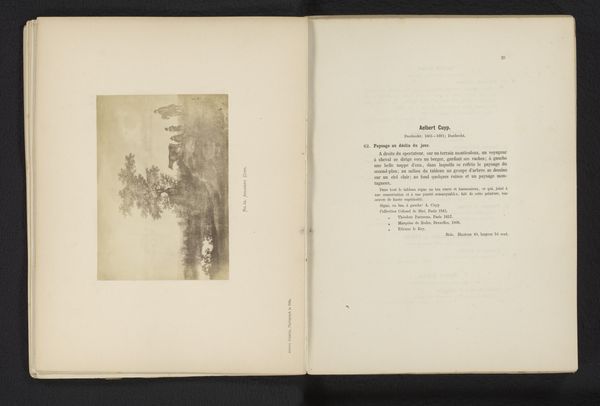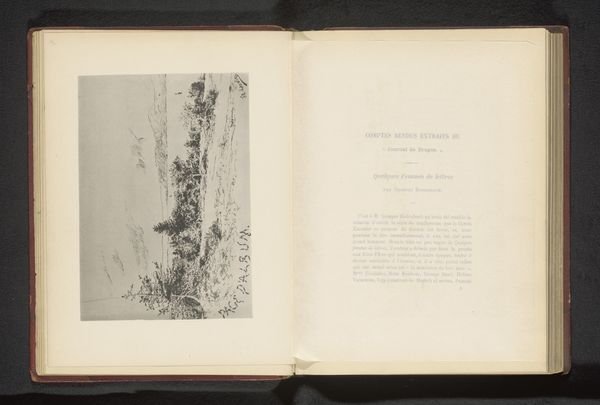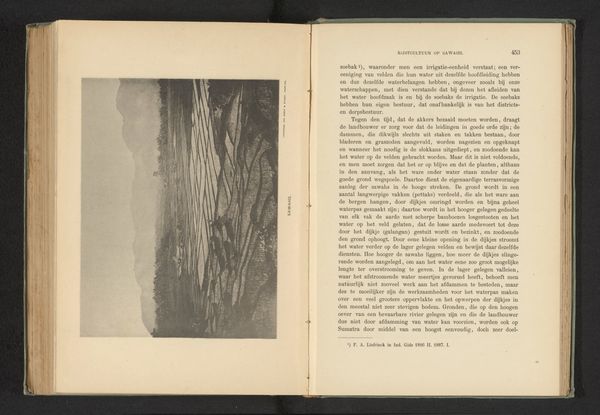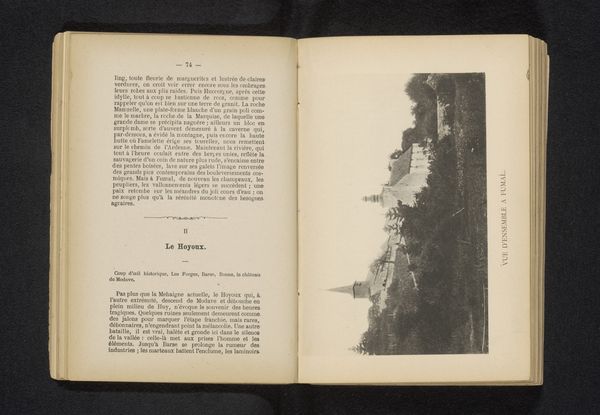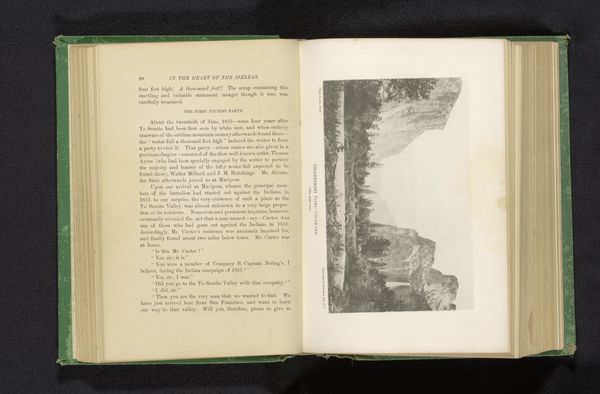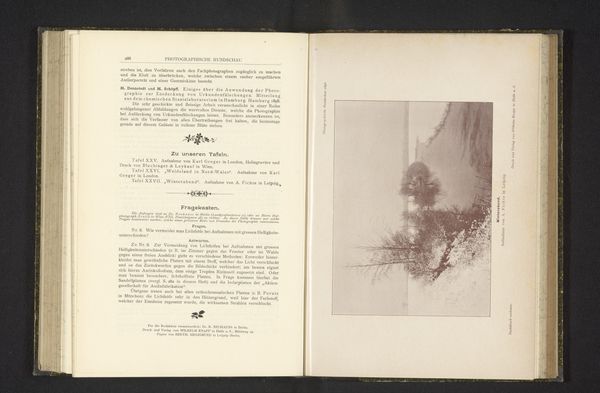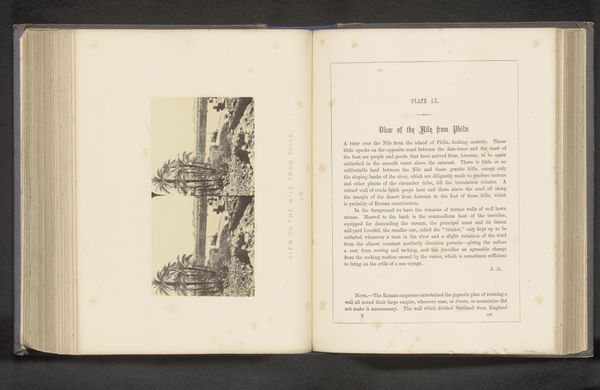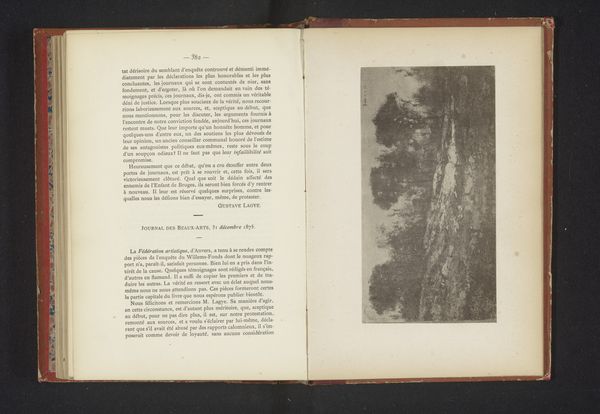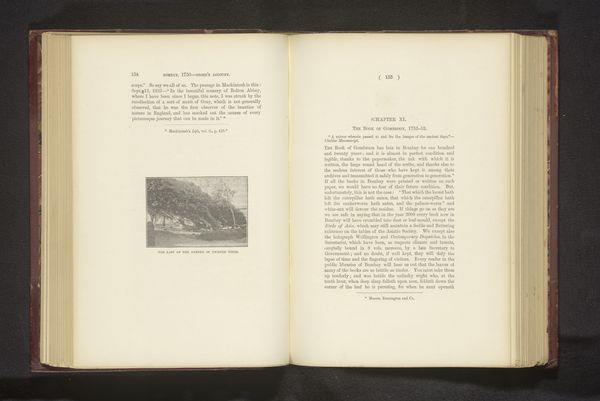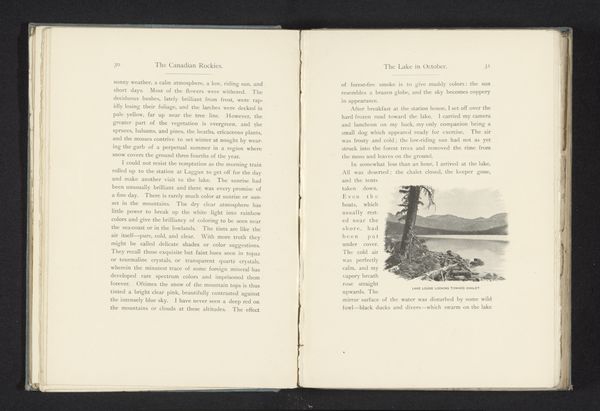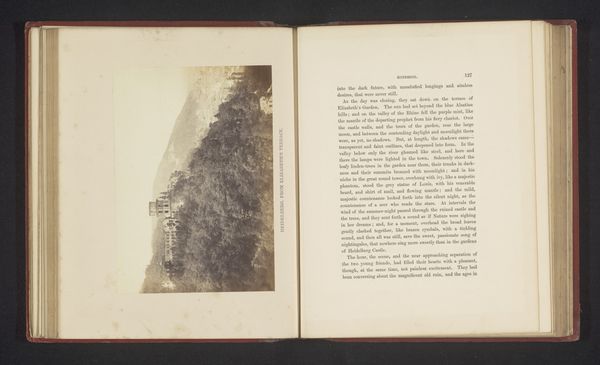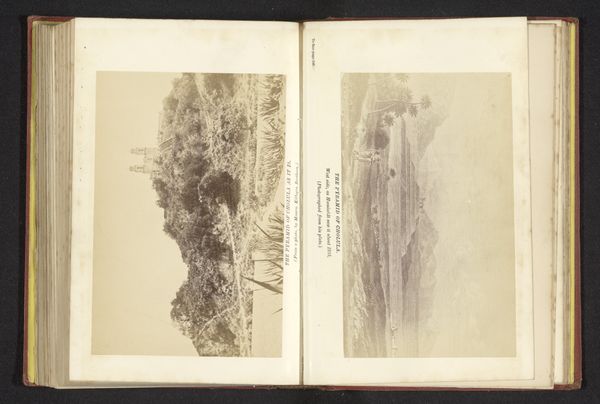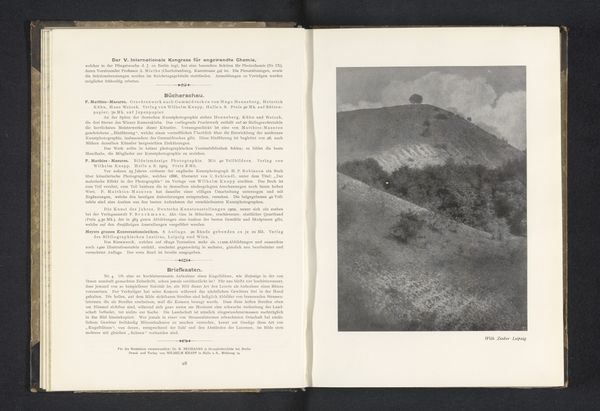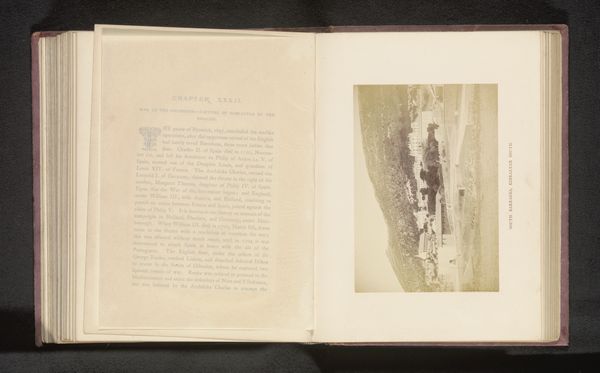
print, photography
#
lake
# print
#
landscape
#
photography
Dimensions: height 124 mm, width 173 mm
Copyright: Rijks Museum: Open Domain
Editor: This is "Roeiboten op het Meer van Genève bij Clarens", or "Rowing Boats on Lake Geneva near Clarens," made before 1891 by Edgard Audra. It's a landscape photograph, presented as a print. It has such a stillness, almost a silvery quality to it. How do you interpret this work, considering it’s a photograph reproduced in print? Curator: What interests me here is the transformation of reality through material processes. Audra’s choice of photography and subsequent print reproduction distances us from the actual scene, Lake Geneva. The manipulation involved – the darkroom techniques, the printing process – become significant acts of labor, changing our perception of nature itself. How do these choices reflect the culture and technology available at the time? Editor: That's fascinating! It wasn't just pointing and shooting. It was about the whole craft. Do you think that elevates the photograph closer to painting, then? Curator: Precisely! The labor-intensive process undermines traditional boundaries between fine art photography and, say, more ‘utilitarian’ documentation. The print becomes a manufactured object; even consumption enters the frame here, because we can see the very publication that contains it. How does this circulation via print impact its value as art? Does it cheapen or democratize access to it? Editor: I see your point. It shifts the focus from the natural scene to the means of making and distribution. So the *material* conditions are part of the artwork's story. Curator: Indeed. This photograph in print invites us to reflect on how industrial practices can mediate even the most scenic landscapes. Think about it: The social context shaped the piece, and the piece shaped the social context in return! Editor: This makes me think about the role of the "Société Française de Photographie" in fostering those conditions of creation. Curator: Exactly. It's not just about individual genius; it's about systems of support, of circulation, and even what technologies they can champion. What was once a view is now enmeshed in a much broader, very tangible framework. Editor: That totally changes how I see it. Instead of a pretty scene, I'm thinking about the photographer as a craftsman, working within the means and context of their time! Thanks!
Comments
No comments
Be the first to comment and join the conversation on the ultimate creative platform.
